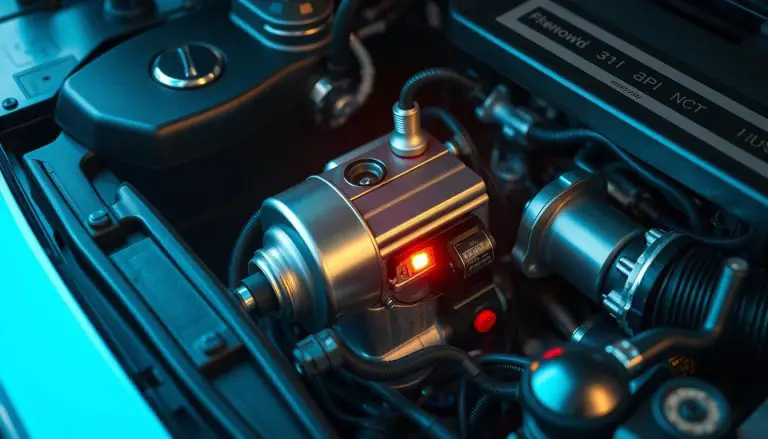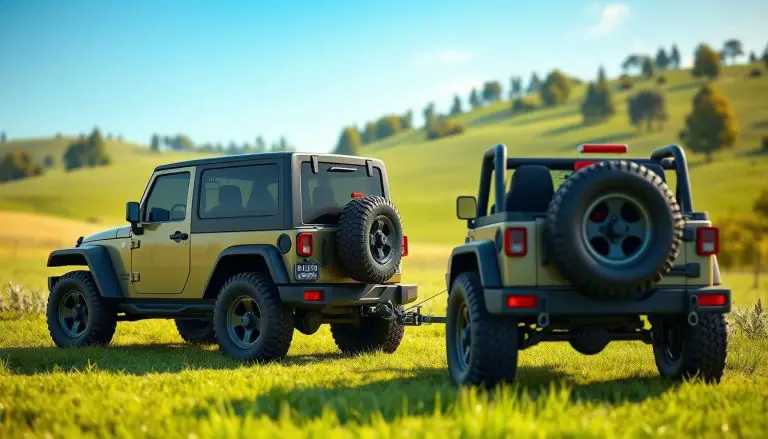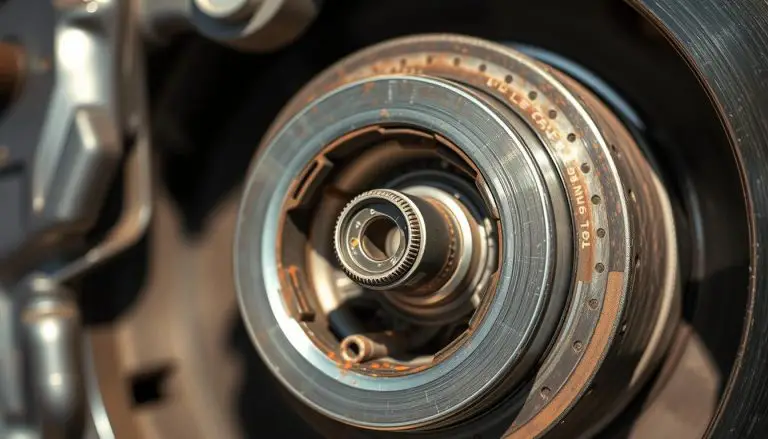This article explains a key change that affects many drivers across the state. For more than two decades, the Clean Air Vehicle (CAV) Decal Program let certain hybrids, electric and hydrogen vehicles use HOV lanes solo. That program ended on Sept. 30, and a 60-day grace period ran from Oct. 1 through Nov. 30.
During the grace period, law enforcement generally did not cite solo motorists who held valid decals. After Nov. 30, officers resumed issuing citations for misusing HOV facilities, with fines starting near $490. The DMV stopped issuing new decals on Aug. 30, so no new access has been granted since that date.
The change affects roughly half a million vehicles and alters commute choices for many drivers who relied on exempt solo access. Minimum occupancy rules still apply to any vehicle using dedicated lanes unless signs explicitly allow otherwise. Later sections will outline legal alternatives and how to maintain reliable commute times under the new rules.
Key Takeaways
- The CAV decal program ended on Sept. 30; a grace period ran until Nov. 30.
- After Nov. 30, solo use by decal holders can lead to citations and fines.
- DMV stopped issuing new decals as of Aug. 30; about 500,000 vehicles are affected.
- HOV occupancy rules still govern lane access unless signs say otherwise.
- This is a statewide policy shift; later sections show legal alternatives for commuters.
Quick answer for drivers today in California
Short version: Solo HOV access for clean-air vehicles ended when the program expired on Sept. 30. The California Highway Patrol confirmed a 60-day grace period from Oct. 1 through Nov. 30 during which motorists with valid CAV decals generally were not cited for single-occupant use.
After Nov. 30, a driver operating without the posted number of passengers risks a citation and fine (commonly near $490). The sunset applies across the entire state, so check signs for lane and hour restrictions before you enter an HOV lane.
Bottom line: the CAV decal no longer exempts a vehicle from occupancy rules once enforcement resumed. People who relied on solo access should arrange alternatives now to avoid lost time and potential fines.
- During the grace window, CHP could still stop vehicles for other violations.
- After enforcement resumed, drivers must meet posted passenger minimums (often two; some corridors require more).
- Watch commute time and allow extra time while you establish a new routine.
Can Hybrid Cars Drive in the Carpool Lane in California
State officials ended automatic HOV exemptions tied to clean-air decals when the program expired. That shift changed who may use restricted lanes solo and when enforcement resumes.
What changed: The Clean Air Vehicle (CAV) decal program ended
The cav decal program officially stopped accepting new permits and ceased as of Sept. 30. The program ending removes decal-based privileges that once allowed single-occupant travel on many HOV routes.
Key dates
- Last active date: Sept. 30.
- Grace period: Oct. 1–Nov. 30 (education-focused).
- Full enforcement resumed after Nov. 30.
Enforcement and who’s affected
After the grace period, law enforcement began issuing citations to solo drivers using a carpool lane without the posted number of occupants. Fines start near $490.
About 500,000 vehicles were affected, including hybrids, electric and hydrogen clean air vehicle types. Drivers who relied on decals must now meet posted occupancy or use tolled express lanes with proper transponders and accounts.
Why the CAV decal program ended and who made the call
Introduced in 1999, the decal program aimed to reward early buyers of clean air vehicles with HOV access. It was a state-level incentive designed to accelerate low-emission vehicle adoption.
Federal approval lapsed. The program relied on congressional authorization to allow exemptions on federal roadways. When that authorization did not continue, California lost the legal basis to keep CAV access in place on those corridors.
What officials said
State leaders and the air resources board expressed disappointment after Congress failed to extend approval. Communications from california air resources and related resources board offices emphasized that the lapse was driven by federal timing, not a sudden change in state policy.
Participation and next steps
Over the program’s life more than a million decals were issued. At sunset, about half a million vehicles still carried valid CAV markings.
Although the specific HOV carve-out ended, california clean and california clean air priorities remain. Other state programs continue to push low-emission technology even as this particular program winds down.
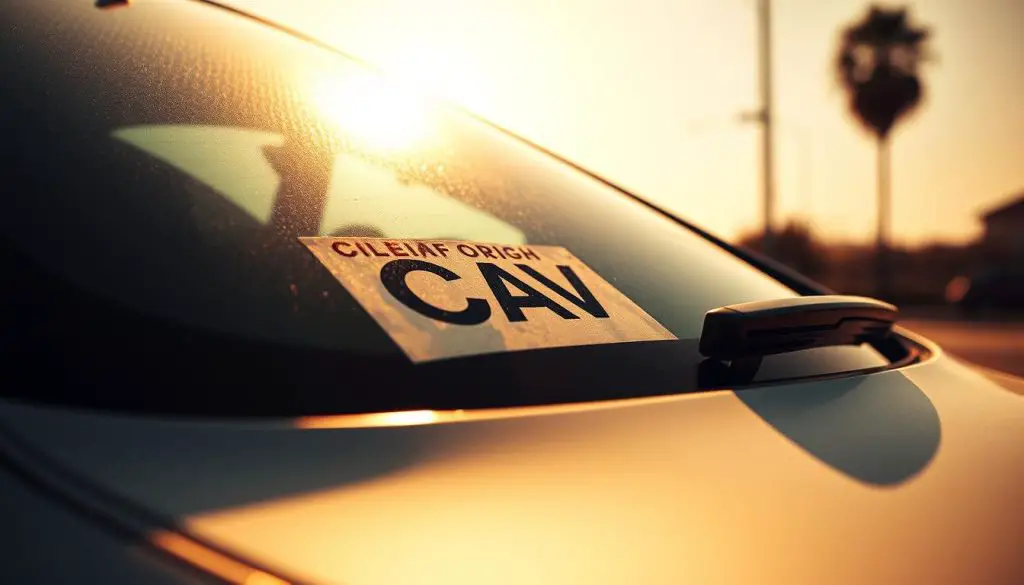
How to keep using HOV lanes legally without CAV decals
Many commuters now need new options to keep using HOV lanes without a decal. Follow posted occupancy rules and pick the option that fits your route.
Basic legal rule: meet the minimum passenger count shown on signs. On most corridors that means two people. On I‑80 and I‑880 through the Bay Area, three passengers are required during posted hours.
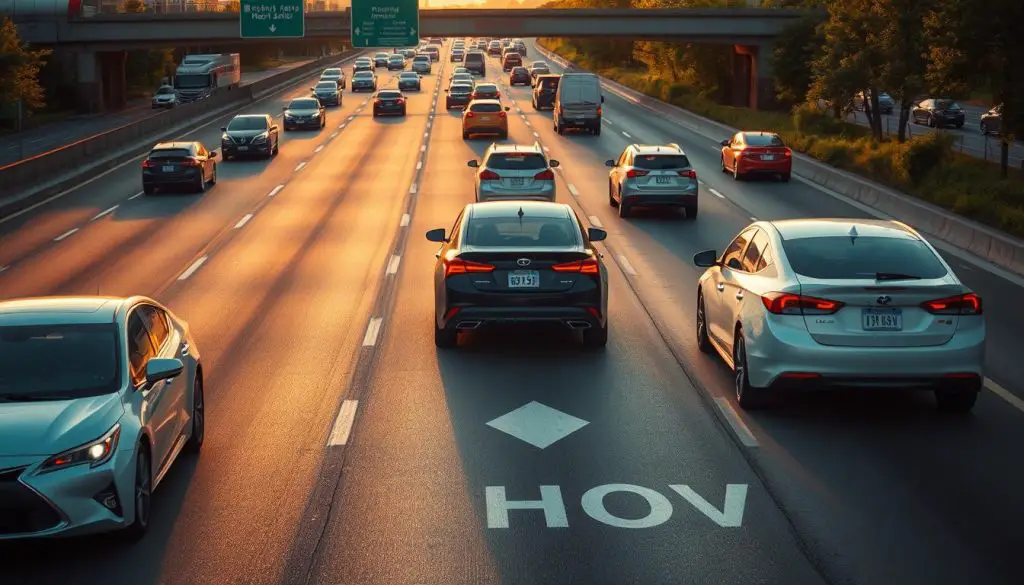
Public transit and casual carpool
Public transit can preserve commute time when routes match your schedule. BART and AC Transit updated schedules in August to improve connections to San Francisco.
Casual carpool in the East Bay has restarted with 20+ pickup points. It is a flexible way to use carpool lanes while sharing costs and time savings.
Express lanes, tolling and transponders
Express lanes offer reliable travel for a fee. Income-qualified drivers may get at least 50% off via I‑880 Express Lanes START.
Most express corridors require a FasTrak transponder set for occupancy. Verify rules, set occupancy correctly, and maintain required passengers to avoid fines.
| Option | Typical occupancy | Costs / discounts | Notes |
|---|---|---|---|
| Standard carpool | 2 (most routes) | Free | Check posted hours and signs before entry |
| Bay Area high-occupancy | 3 (I‑80, I‑880) | Free | Applies during posted periods for San Francisco-bound commutes |
| Express lanes | Varies; can allow solo with toll | Discounts: I‑880 START ≥50% | Requires FasTrak; configure occupancy for discounts |
| Public transit / casual carpool | N/A (transit) / 2–3 (casual) | Transit fares; carpool shared costs | BART and AC Transit schedules updated; casual carpool has many pickup points |
- Verify local signs, hours and occupancy before you enter any HOV lane.
- Plan extra time while testing a new commute and track whether it saves time.
- Always merge safely and follow posted rules for predictable travel and fewer citations.
CAV decal program details drivers still ask about
Drivers often see colored stickers and want straight answers about what they mean now that the program ended.
Decal colors, expiration and placement
Historically, decals were issued by year and color. Yellow and green decals are among those that expired with the program sunset.
The DMV issued guidance on vehicle decal placement so markings were visible to enforcement officers. That guidance remains useful for identification, but it no longer grants solo HOV rights.
Ordering, replacement and DMV status
The department motor vehicles is not issuing new clean air vehicle decals as of Aug. 30. Replacement or renewal requests do not restore solo privileges because the overall decal program ended.
“Decal markings do not exempt drivers from posted occupancy rules; citations may be issued after the grace period.”
Who is affected and practical reminders
About half a million vehicles still display a cav decal or similar air vehicle decal. Electric vehicles and other clean air vehicle types are affected equally—no new solo access is granted by a sticker.
| Topic | What changed | Driver action |
|---|---|---|
| Decal issuance | DMV stopped issuing new decals on Aug. 30 | Do not expect new or replacement stickers to grant HOV access |
| Colors / year | Year-based colors (including yellow/green) expired with the program | Understand why you still see decals on some cars |
| Enforcement | Solo use without required passengers risks a fine (min. $490) | Follow posted occupancy or use express lanes with proper transponder |
- Note: you may remove or keep decals at your discretion; there is no obligation, but they confer no solo HOV benefit.
- Distinguish administrative details of a vehicle decal program from current enforcement of occupancy rules, which now apply statewide.
Regional notes for the Bay Area and Southern California
Local rules change commute choices. Where you travel affects required passenger counts, enforcement frequency, and options to keep a steady trip time.
Bay Area specifics
I‑80 (including the Bay Bridge) and I‑880 typically require three people during posted hours to use a carpool lane. Casual carpool has relaunched with more than 20 pickup sites for East Bay-to-San Francisco trips, which helps people meet the number requirement and avoid citations.
Southern California tips
In SoCal, employer rideshare programs and RideMatch services help drivers find consistent matches. These tools reduce daily coordination and keep lanes moving for everyone.
Time and cost reality
Entering an HOV lane without meeting rules can stop your trip and lead to a fine of at least $490. That risk affects commute reliability and overall cost for many vehicles and people.
- Check posted signs for specific lanes, hours and occupancy before you enter.
- Consider alternate departure times or routes where enforcement is frequent.
- Remember: electric vehicles and evs are common across the state, increasing competition for limited lane access.
For more context on how the program ended and current enforcement, see this summary of decal changes.
Conclusion
Decals no longer change legal lane access. The decal program ended at the state level, the 60-day grace period was brief, and enforcement now follows posted occupancy rules across all HOV routes.
Clean air vehicle and related decals are visual remnants; they do not grant solo privileges after enforcement resumed. The DMV stopped issuing new markings, so any vehicle decal program references are historical.
Drivers should pivot to carpool options, express lanes or public transit to keep trips reliable. For policy updates, consult the air resources board, california air resources communications and the department motor vehicles. Verify corridor rules before travel and organize consistent carpool arrangements to avoid fines and delays.
FAQ
Are hybrids and plug-in vehicles still allowed solo use of HOV lanes under the Clean Air Vehicle decal program?
No. The state ended the Clean Air Vehicle (CAV) decal program. Decals no longer grant single-occupant access to HOV lanes after the program expiration and its 60-day grace period.
When did the CAV decal program end and what was the grace period?
The program’s last authorized day was September 30. A 60-day grace period ran from October 1 through November 30. After that, citations can be issued for solo driving in HOV lanes without the required passenger count.
Who made the decision to end decal access on federally funded roadways?
The California Air Resources Board and related state agencies rely on federal approval for special lane access. That federal authorization lapsed, prompting the end of the decal privileges on federally funded highways.
Which vehicles were affected by the change?
Vehicles that used CAV decals included certain hybrids, battery-electric vehicles, plug-in hybrids, and hydrogen fuel-cell vehicles that previously qualified for solo HOV access under the program.
Are DMV still issuing new clean air vehicle decals?
No. The Department of Motor Vehicles stopped issuing new CAV decals once the program was terminated and cannot issue decals that restore solo HOV privileges.
What are the penalties for driving solo in an HOV lane after the grace period?
Drivers found occupying HOV lanes without meeting the passenger requirements can receive citations and fines enforced by local law enforcement and highway patrol agencies.
What are the standard carpool occupancy rules now for most California routes?
Most routes require two or more people per vehicle during posted hours. Certain corridors, like I-80 and I-880 in the Bay Area, require three or more occupants during peak periods. Always follow posted signs for exact rules.
How can commuters keep time savings without decal access?
Options include sharing rides to meet occupancy rules, using employer rideshare programs, joining casual carpools where available, or switching to transit where feasible to maintain predictable commute times.
Are express lanes an alternative and do they require tolling equipment?
Express lanes are an option. Many require a FasTrak transponder and charge tolls based on congestion. Some express lanes offer income-based discounts or programs like START on I-880 to reduce costs for eligible users.
Did decal colors and expiration dates matter when the program was active?
Yes. Decal colors such as yellow or green indicated eligibility windows and expiration timelines. Those decals expired alongside the program and no longer provide HOV access.
What should Bay Area drivers know about regional HOV rules now?
Bay Area rules include the three-person requirement on I-80 and I-880 during peak times. San Francisco commuters should watch corridor-specific signage and consider transit or carpool alternatives to avoid fines and delays.
Any specific tips for Southern California commuters after the end of the program?
Southern California drivers can use employer-sponsored rideshare, transit routes, and rideshare matching services. Review local transit agency offerings and employer commuter benefits to reduce costs and travel time.
Will federal approval or a new state program restore decal access in the future?
Restoration would require federal authorization or new regulatory approval. Stay informed through the California Air Resources Board and the Department of Motor Vehicles for any updates or new programs.
